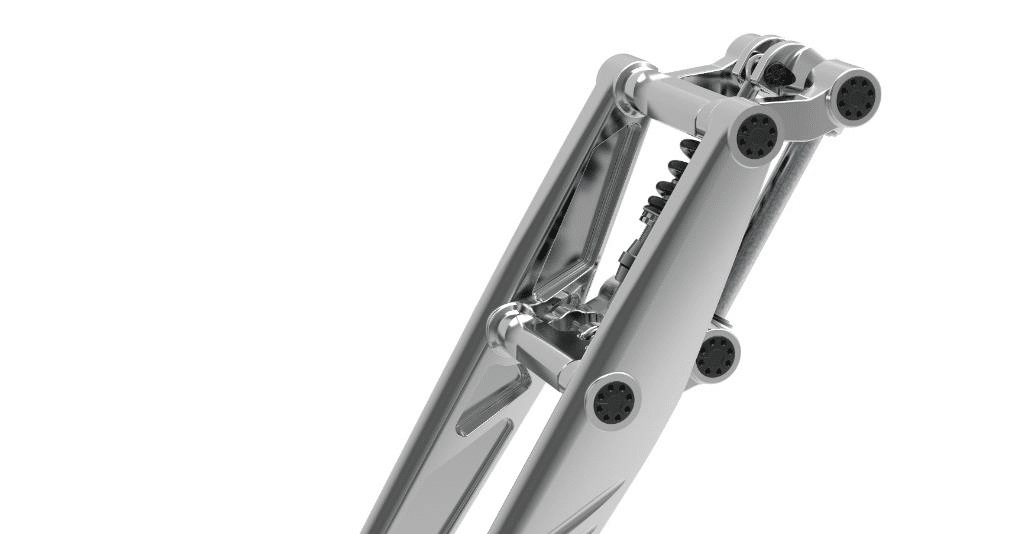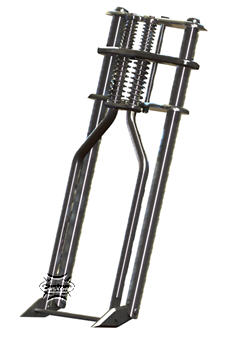
Substantial research has been performed on bridge load testing that specifically address composite action. Loads are applied in increments and the bridge is monitored to provide an early warning of possible distress or non-linear behavior ( AASHTO, 2018). In this case, loads that exceed the desired operational load level are applied to the bridge and observations are made to determine if the bridge carries these loads without damage. Proof testing is the second form of load testing. The tests allow for model calibration and more accurate structural analysis (typically through load ratings). Diagnostic testing includes the measurement of load effects in bridge members and compares these results with an analytical model ( AASHTO, 2018). There are two general forms of bridge load testing. Typically, load testing is implemented when analytical rating methods indicate insufficient vertical load capacity. Overall, the paper illustrates the advantages and disadvantages of truck load testing for identification of composite action and provides recommendations for future studies.īridge load testing is a valuable method engineers utilize for the evaluation of existing structures. The second and third cases perform a controlled load test with variations in truck weights and positions. The first case utilized uncontrolled ambient truck measurements of an instrumented structure to field determine the composite behavior.

In addition, three case studies of truck load testing are discussed. The challenges associated with field identification of composite action are presented.

This paper explores how load testing has been utilized to identify the level of composite action for existing bridges. Clearly understanding the presence and reliability of composite action in multi-girder structures is key to managing these structures effectively. Even in situations where composite action was not intended there exists some partial interaction due to chemical bond and friction. This may be due to administrative issues like insufficient original construction drawings or mechanical issues like breakdown of the shear transfer components. While detailing to ensure reliable composite action is typically included in new designs, for many existing structures, the owner may not fully know the level of composite action. For multi-girder steel bridges, the load carrying capacity is heavily influenced by the presence of composite action between the girders and the concrete deck slab. The load carrying capacity of the structures within the system must withstand this ever-growing demand. The continual increase of truck weights on our transportation system is a growing concern among bridge engineers. 3Department of Civil Engineering, The University of Texas at El Paso, El Paso, TX, United States.2Pennoni Associates, Intelligent Infrastructure Systems, Philadelphia, PA, United States.



 0 kommentar(er)
0 kommentar(er)
